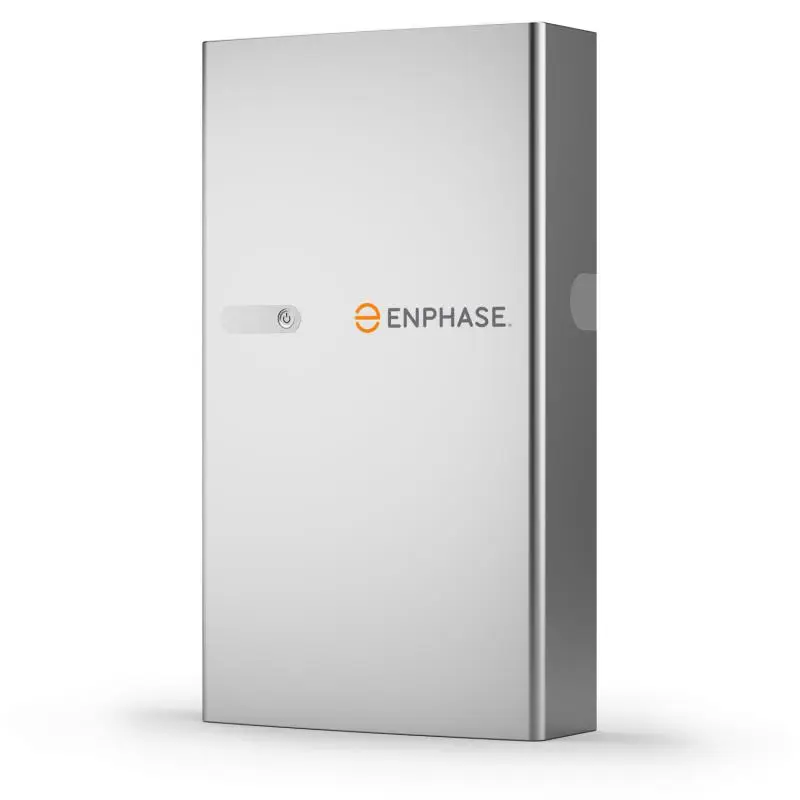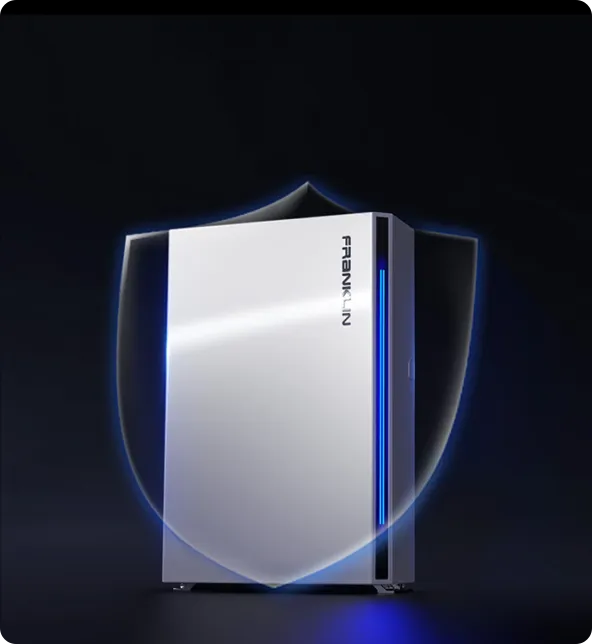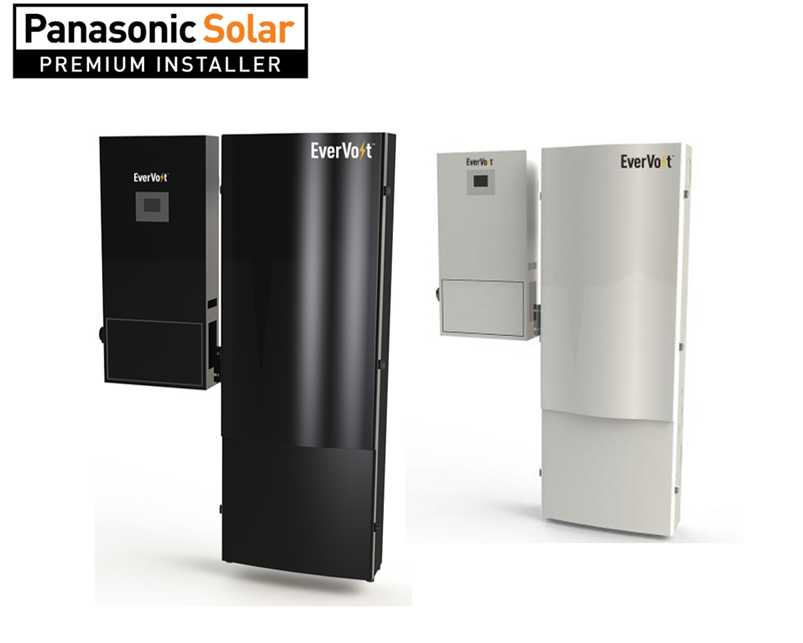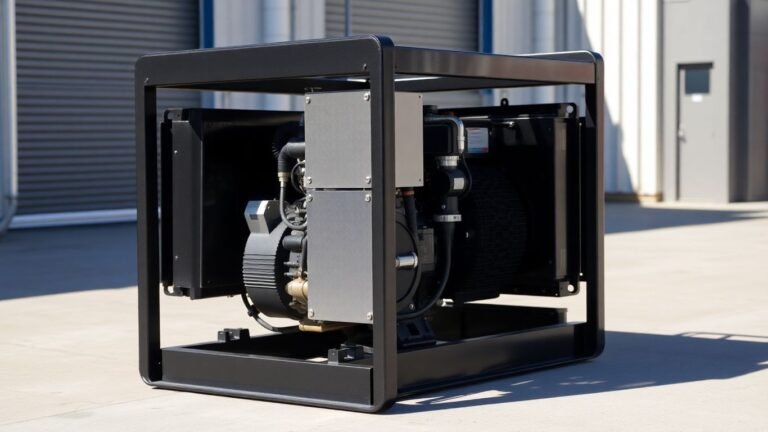Tesla Powerwall Alternatives with Better Value, Warranty, and Performance
So, you’re thinking about getting a home battery, and the Tesla Powerwall probably popped into your head first. It’s super popular, and yeah, it does a good job. But, you know, sometimes the most popular thing isn’t always the best fit for everyone. Maybe you don’t want to wait months for installation, or maybe you just want to see what else is out there. Good news! There are a bunch of other really solid options for Tesla Powerwall Alternatives in 2025 that might actually work better for your home and your budget. We’re gonna look at some of the top contenders so you can pick the right one.
Key Takeaways
- The Tesla Powerwall is well-known, but it’s not the only game in town for home energy storage.
- Long wait times for Powerwall installation can be a real hassle for homeowners.
- There are many strong Tesla Powerwall Alternatives available, each with its own perks.
- Some alternatives might offer better features, faster delivery, or different pricing structures.
- Always check out different brands to find a home battery system that truly fits your specific needs and setup.

1. Enphase IQ
Enphase has become a major player in the home energy space, and their IQ battery lineup is a solid alternative to the Tesla Powerwall. The Enphase IQ Battery integrates seamlessly with their solar panel systems, giving homeowners a complete solution for storing excess solar energy. This is especially useful where utility policies are changing, like with time-of-use rates.
- Available in different sizes (Encharge 3/3T and Encharge 10/10T).
- Scalable, so you can add more units as your energy needs grow.
- Uses lithium iron phosphate (LiFePO4) for safety and longevity.
Enphase offers a full line of Made-in-the-USA solutions that could be right for you if you’re looking for a one-brand solution for EV charging and whole-home battery backup but don’t want to be “locked in” to GM or Tesla’s ecosystem.
With an 89% roundtrip efficiency and 100% depth of discharge, the IQ Battery makes sure you can use almost all of the stored energy. Plus, they back it up with a 10-year warranty, guaranteeing at least 70% of the original capacity after a decade. While the initial cost might be a bit high (ranging from $6,000 to $20,000 depending on the model), it could be a worthwhile investment for long-term energy independence.

2. FranklinWH aPower2
Okay, so the FranklinWH aPower2 is making waves as a solid Tesla Powerwall alternative. Honestly, it’s pretty impressive. It’s got a sleek design and some serious power behind it.
One of the coolest things about the aPower2 is that it plays nice with existing solar setups. You don’t have to rip everything out and start from scratch, which is a huge plus. It’s designed for easy retrofitting, which can save you a ton of hassle and money. Plus, FranklinWH just announced the aPower S, which will support DC-coupling.
Here’s a quick rundown of why people are digging the FranklinWH aPower2:
- It supports generator input, which is awesome for backup power. You can even charge the battery from the generator.
- It can handle more PV per battery when AC-coupled, giving you more flexibility with your solar setup.
- The smart circuit control lets you manage different circuits through an app. Super convenient.
- And the warranty? A whopping 15 years. That’s some serious peace of mind.
Honestly, the FranklinWH aPower2 seems like a really well-thought-out system. It’s got the features people want, and it’s built to last. If you’re looking for a reliable home battery, it’s definitely worth checking out. Especially if you’re considering solar power as a sustainable option for your home.
Here’s a quick comparison:
| Feature | FranklinWH aPower 2 | Tesla Powerwall 3 |
|---|---|---|
| Max Output | 10 kW (15 kW peak) | 11.5 kW |
| Energy Capacity (kWh) | 15 kWh | 13.5 kWh |
| Max AC Coupled Solar | 12 kW | 7.6 kW |
| Generator Support | Yes | No |
| Smart Circuits | Yes | No |
| Battery Chemistry | Lithium Iron Phosphate (LFP) | Lithium Iron Phosphate (LFP) |
| Warranty | 15 years | 10 years |

3. Panasonic EVERVOLT
Panasonic’s EVERVOLT battery offers a compelling alternative to the Tesla Powerwall, especially for homeowners who value a well-established brand. Panasonic is a name many people already know and trust, and that can bring peace of mind when investing in home energy storage. The EVERVOLT system is designed to seamlessly integrate with your home and can work with solar panels to save you money.
Panasonic’s EverVolt boasts impressive energy storage capabilities. The larger EverVolt Plus model has a power capacity of 5.5 kW and a usable capacity of 17.1 kWh. The Panasonic EverVolt price, including installation, typically ranges from $15,000 to $20,000, with the Plus model at the higher end.
Here are some key features of the Panasonic EVERVOLT:
- Modular design for flexible capacity.
- Excellent 12-year warranty.
- Seamless solar integration.
The EverVolt is stackable up to 72 kWh, making it suitable for both partial and whole-home backup. It’s a reliable, future-proof solution for home energy storage. Consider Enphase batteries if you are concerned about wait times.
4. Canadian Solar EP Cube
Many people look at the Tesla Powerwall because of the price. Canadian Solar is another brand known for good products at reasonable prices. The EP Cube is worth considering. A Tesla Powerwall install averages around $16,800. The Canadian Solar EP Cube is closer to $12,000 for a similar setup. That makes it a good alternative if you want to save some money.
It’s worth doing your homework and getting quotes from multiple installers. Prices can vary, and you might find deals or incentives that make one option more attractive than another. Don’t just jump at the first price you see.
Here’s a quick comparison based on a 5-module system:
| Canadian Solar EP Cube (5 Modules) | |
|---|---|
| Usable capacity | 15 kWh |
When thinking about solar battery storage, consider the long-term value. Here are a few things to keep in mind:
- Warranty: Check the warranty terms. A longer warranty can give you peace of mind.
- Installation: Get quotes from certified installers. Proper installation is key for performance.
- Reviews: Read reviews from other users. See what their experiences have been like.
5. PointGuard

One of the standout features of the Powerwall 3 is its impressive power output. PointGuard steps up to the plate, offering models that match that capability. With some models boasting 11.4 kW of continuous power output, you can confidently run those power-hungry appliances without a second thought. It’s all about having the power you need, when you need it.
PointGuard is making a name for itself by focusing on high power output. This means homeowners don’t have to compromise on which appliances they can run during a power outage. It’s a practical solution for those who want to maintain their lifestyle, even when the grid goes down.
PointGuard offers a compelling alternative, especially if power is your priority. The PointGuard 5kWh Battery Module is designed for seamless integration with their home system. Here are a few things to consider:
- High power output for demanding appliances
- Durable and compact design
- Designed for easy integration with PointGuard systems
6. TeraHive Home Battery System
TeraHive is a relative newcomer, but it’s quickly gaining traction as one of the best alternatives to Tesla Powerwall. Its design focuses on flexibility and ease of use. The system aims to give homeowners more control over their solar energy storage with a modern setup.
The TeraHive system comes in three sizes: 6.6 kWh, 13.2 kWh, and 19.8 kWh. This allows you to choose the capacity that best fits your needs. The power output also scales with each model. The smallest offers 3.3 kW of continuous output, while the largest can handle up to 10 kW, which is enough to power several appliances at once. This makes it a strong contender among modular home battery systems available.
TeraHive’s system is designed to work within its ecosystem, allowing for easy energy management and communication between devices. It also performs well in a range of climates, with an operating temperature window from 14°F to 122°F (–10°C to 50°C).
When considering a Tesla Powerwall alternative, factors like efficiency, expandability, warranty, and backup power are important. TeraHive stands out due to its high power output, modular design, and easy installation.
Hardware costs for the TeraHive battery vary. For exact pricing, it’s best to contact TeraHive directly. Every unit comes with a 10-year warranty, offering peace of mind compared to some home batteries with better warranty than Tesla Powerwall.
7. LG

LG, a well-known name in electronics, also offers home battery solutions through its subsidiary, LG Energy Solution. They’ve got a couple of models that are getting attention: the RESU10H Prime and the RESU16H Prime. These batteries are designed to give you backup power when the grid goes down, let you shift your energy usage to save money, and generally give you more control over your energy.
These batteries are DC, which usually means they’re more efficient because less energy gets lost when charging and discharging. However, that also means they need specific inverters, which can make things a bit tricky if you’re trying to add them to an existing solar setup. They don’t stack like some other batteries, but they’re still a solid choice for keeping your essential appliances running during a blackout.
LG batteries use passive cooling, which is reliable but not as advanced as the liquid cooling you see in some other systems. Still, they’re built to last. And when you factor in federal tax credits and any state incentives, the LG battery review can be a pretty appealing option, potentially saving you a good chunk of change compared to something like the Tesla Powerwall.
Here’s a quick rundown:
- Reliable brand
- Good for backup power
- Potential cost savings
8. Generac
Generac is definitely a name most people recognize, especially if they’ve ever looked into generators. They’re trying to make a bigger splash in the home battery market, and their PWRcell system is their main offering. The first generation had some issues, but it seems like Generac has worked to fix those problems and is standing by their warranties, which is good to hear.
One thing to keep in mind is that if you want to DC-couple the PWRcell, you need to use their proprietary optimizers. These caused problems in the past. If you go with AC-coupling, you can use other microinverters, like Enphase micros, but you lose some of the benefits of DC-coupling and need more space for the hybrid inverter. The inverter and battery come with a 10-year warranty, which is okay, but not as long as some other options out there. If you’re looking for a single-brand ecosystem and need whole-home battery backup, or want generator support, Generac could be a good fit.
The Generac Pwrcell battery stands out with its modular design, allowing homeowners to customize the capacity to match their specific energy needs. This adaptability makes it an attractive choice for those seeking a tailored energy storage solution.
Here are some benefits of the PWRcell 2 over the Tesla Powerwall 3:
- Generator integration
- Better battery scalability
- Integration with EcoBee thermostats
Picking the Right Powerwall Alternative
So, we’ve looked at a bunch of great options beyond the Tesla Powerwall. It’s pretty clear there’s no single “best” choice for everyone. What works for your neighbor might not be the right fit for your home. Think about what you really need: how much power do you use? Do you want something super simple, or are you okay with a bit more tech? And, of course, what’s your budget looking like? Taking the time to figure out these things will help you land on the perfect battery system for your place. It’s all about finding that sweet spot that keeps your lights on and your wallet happy.
Frequently Asked Questions
What does a home battery system do?
Home battery systems, like the Tesla Powerwall, store extra electricity from your solar panels or the power grid. This stored energy can then be used later, for example, at night, during power outages, or when electricity prices are high. They help you use more of your solar power and keep your lights on when the grid goes down.
Why would someone want an alternative to the Tesla Powerwall?
Many people look for other options because Tesla Powerwalls can have long waiting times for delivery and installation. Also, some people prefer not to buy Tesla products due to recent news about the company’s CEO. Other brands might also offer features or prices that fit your needs better.
What should I look for in a good home battery alternative?
When picking a home battery, think about how much power you need, how long you want it to last during an outage, how long the warranty is, and if it works well with your current solar setup. Also, consider the cost and how easy it is to get installed.
What are some popular alternatives to the Tesla Powerwall?
Some of the top alternatives to the Tesla Powerwall include systems from Enphase, FranklinWH, Panasonic, Canadian Solar, PointGuard, TeraHive, LG, and Generac. Each offers different benefits in terms of features, cost, and availability.
Which alternative is the best one for me?
The best battery for you depends on what you need. If you want something that’s easy to get, Enphase might be a good choice. For lots of features, FranklinWH aPower2 is strong. If you’re on a budget, Canadian Solar EP Cube could be a fit. It’s smart to talk to a professional installer to figure out the best option for your home.
Are Tesla Powerwall alternatives cheaper?
The cost of home battery systems can change a lot based on the brand, how much power it stores, and installation fees. While the Tesla Powerwall is well-known, many alternatives offer competitive prices. It’s a good idea to get quotes from a few different companies to compare.









2 Comments